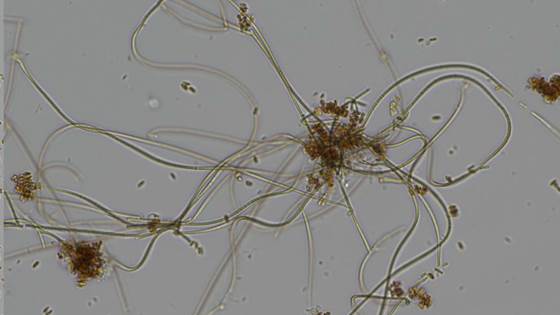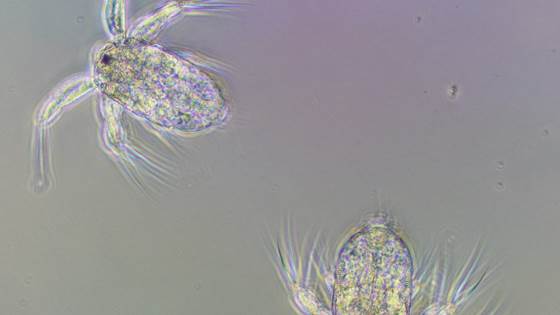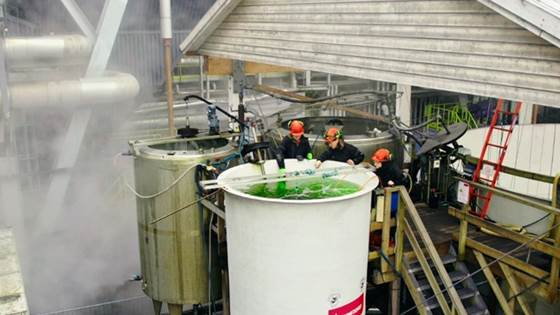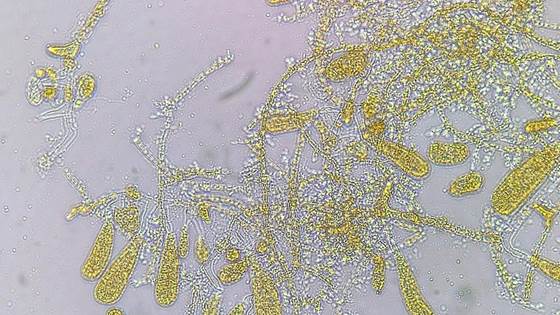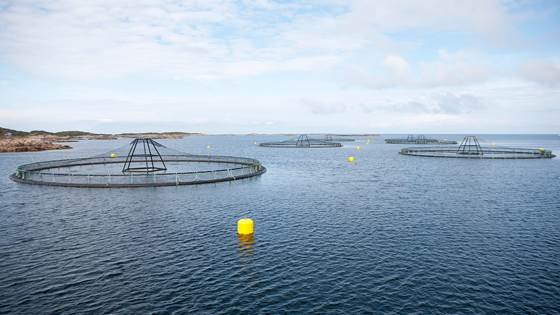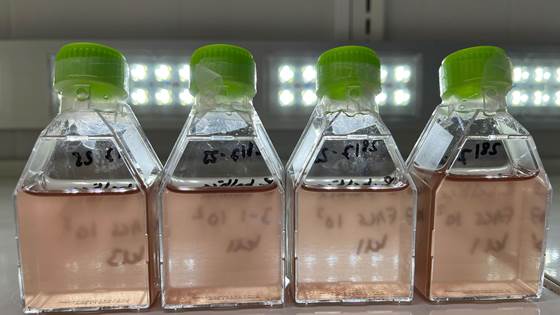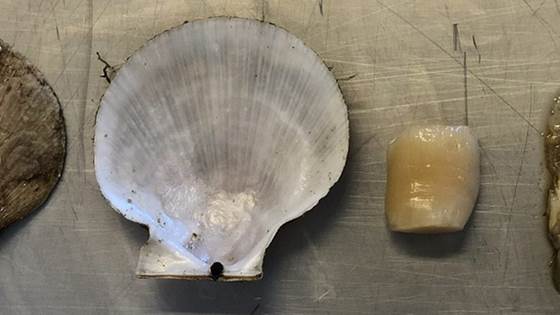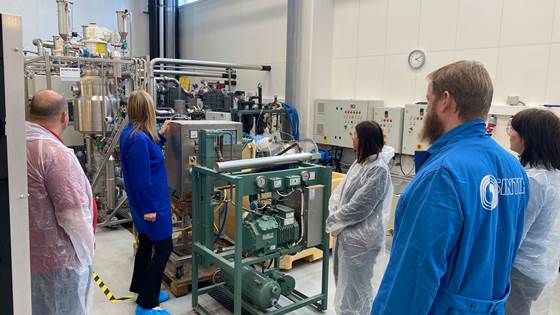
ReCirc4Future – Harnessing novel processing tools to reveal a fully circular approach for total utilisation of side streams from the omega-3 industry
The ReCirc4Future project will explore novel exploitation of the side streams crude glycerol, urea fatty fraction and spent bleaching earth, that arise from omega-3 production.
